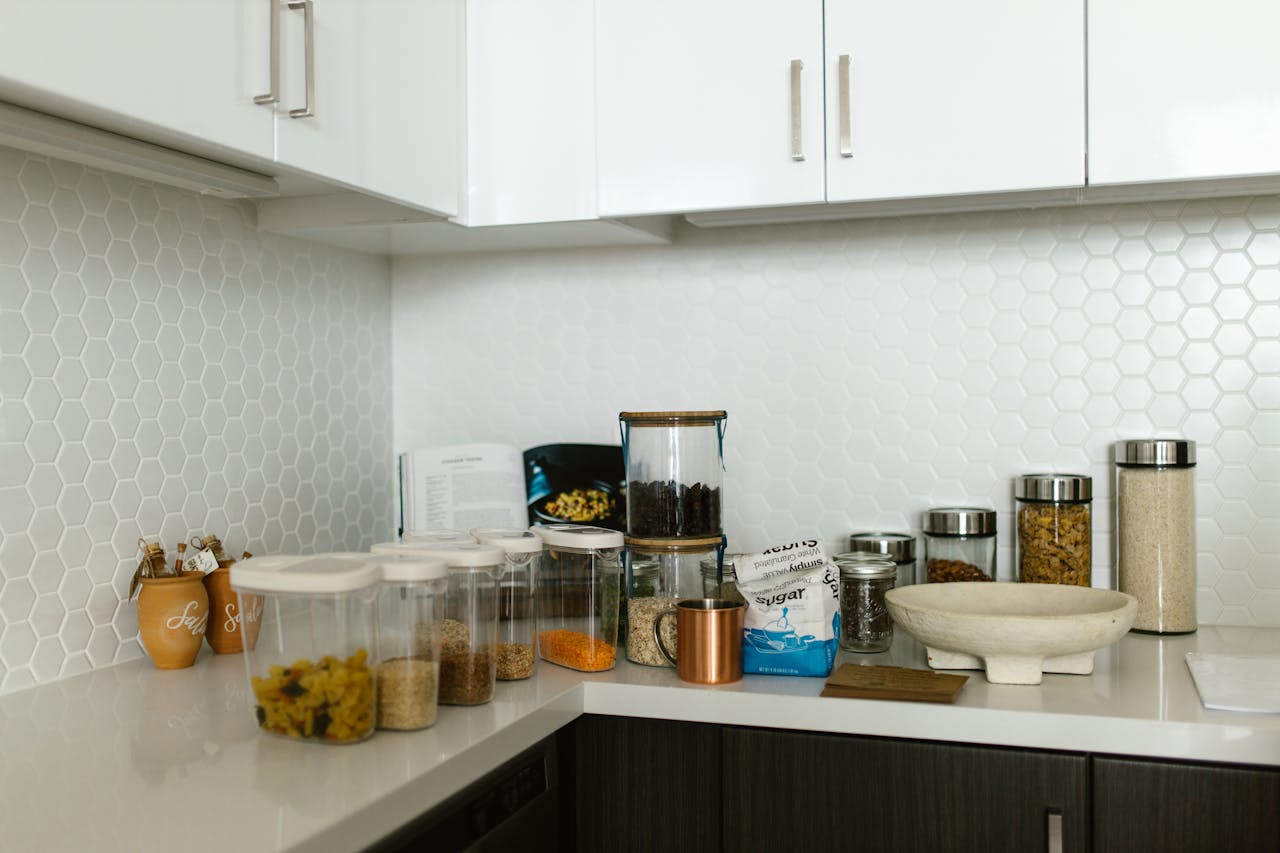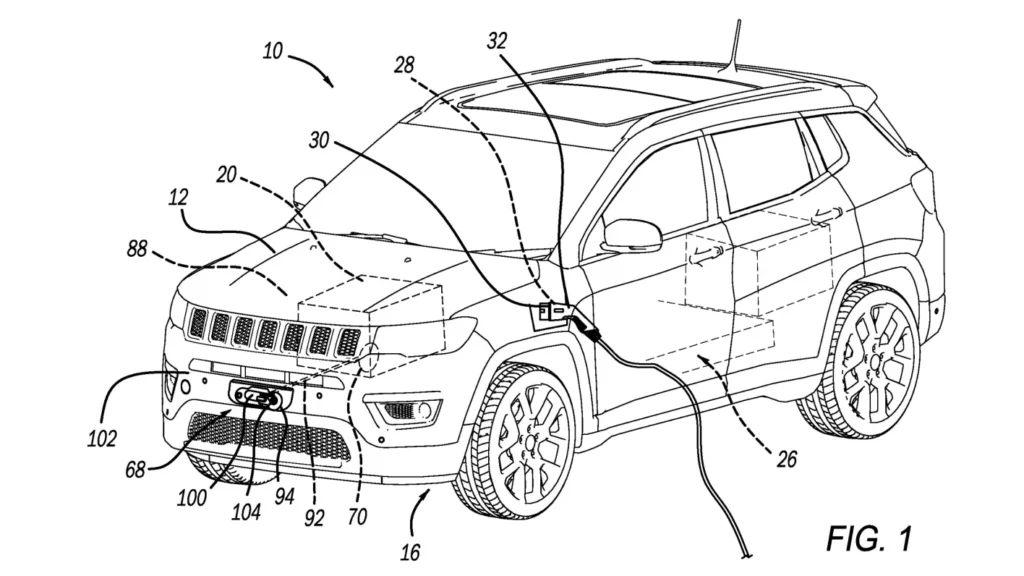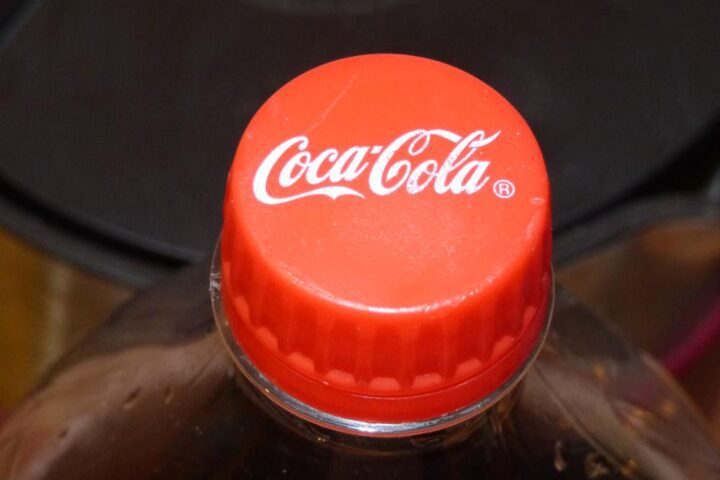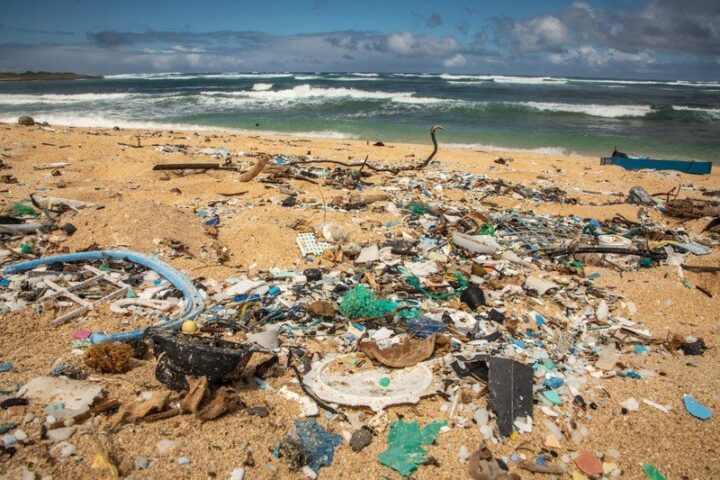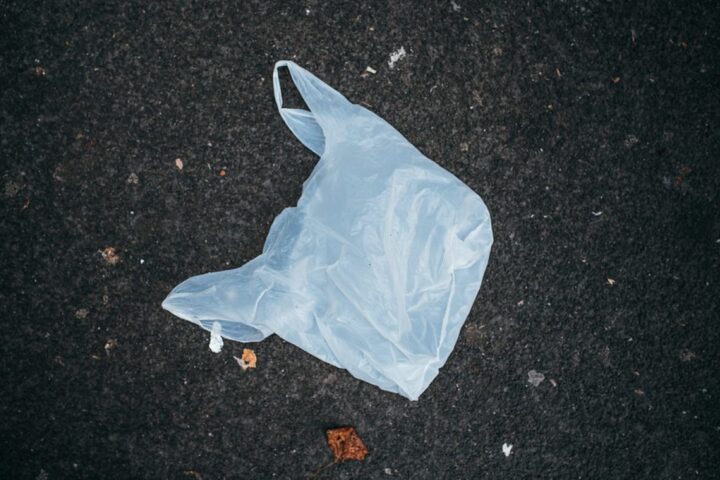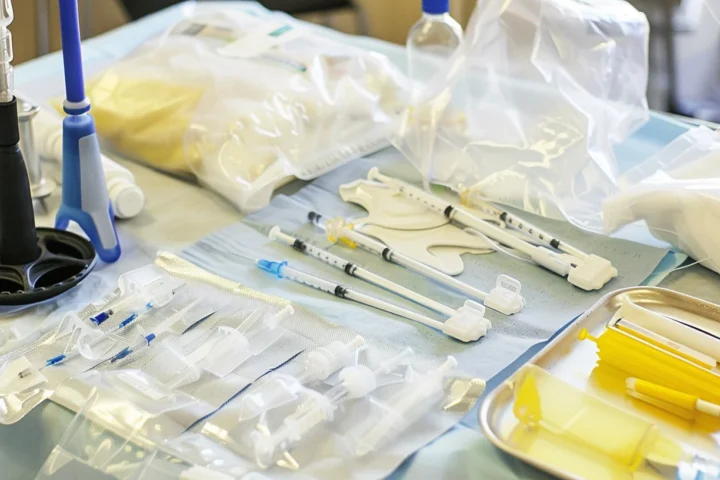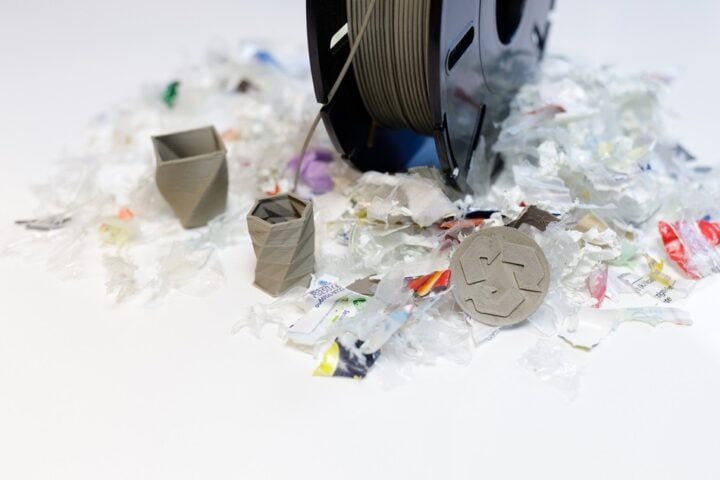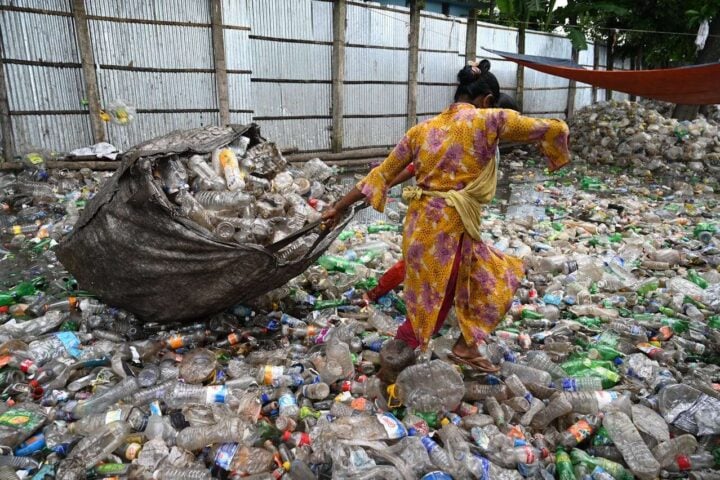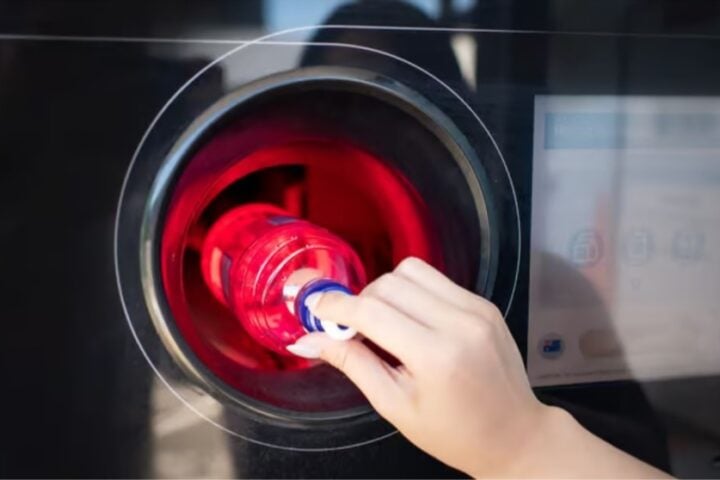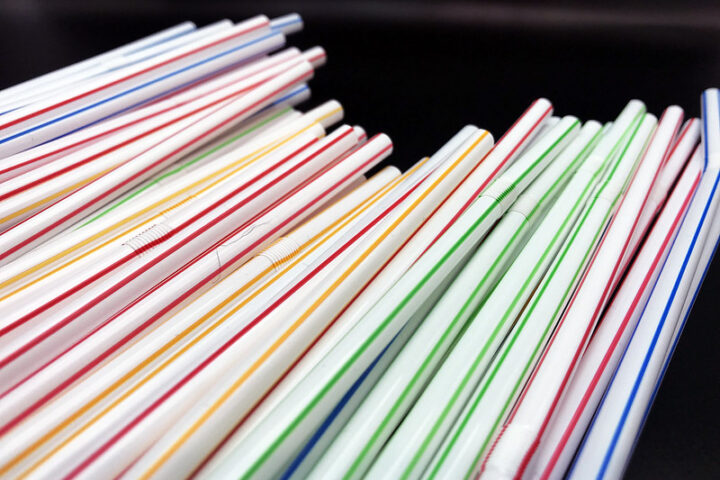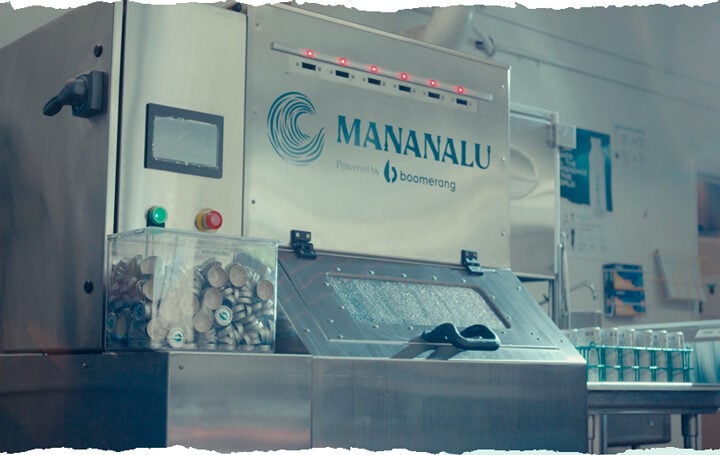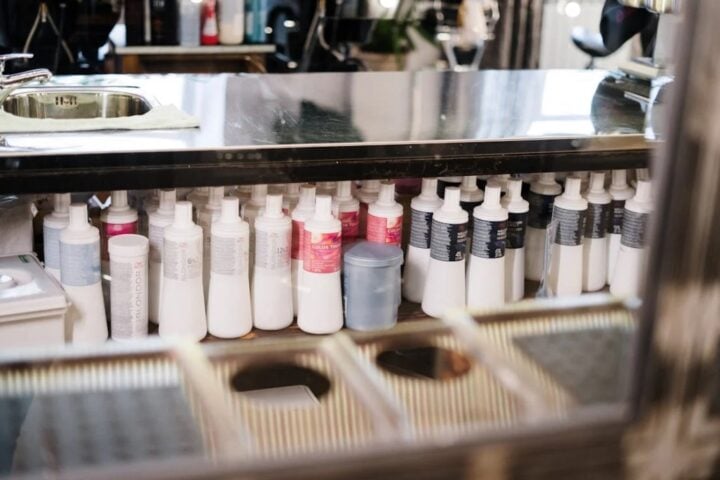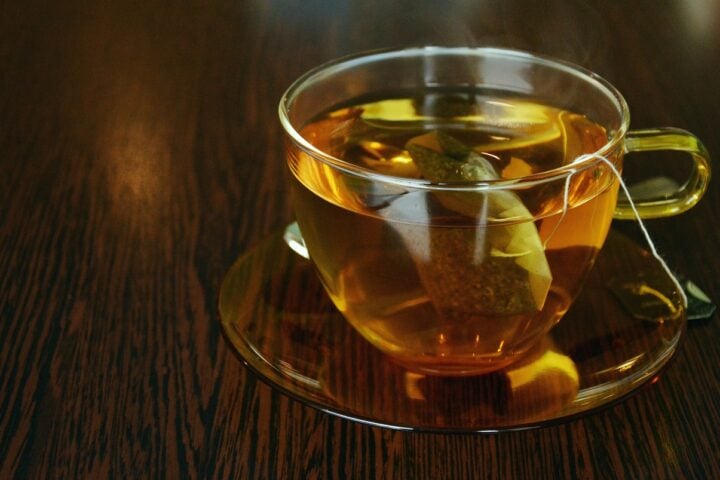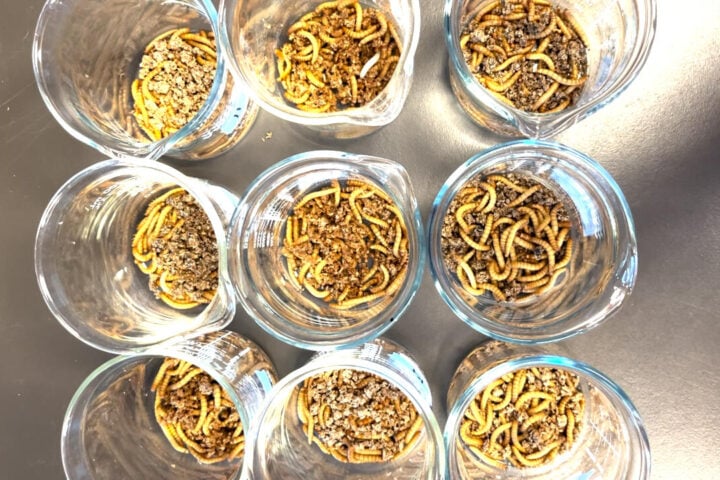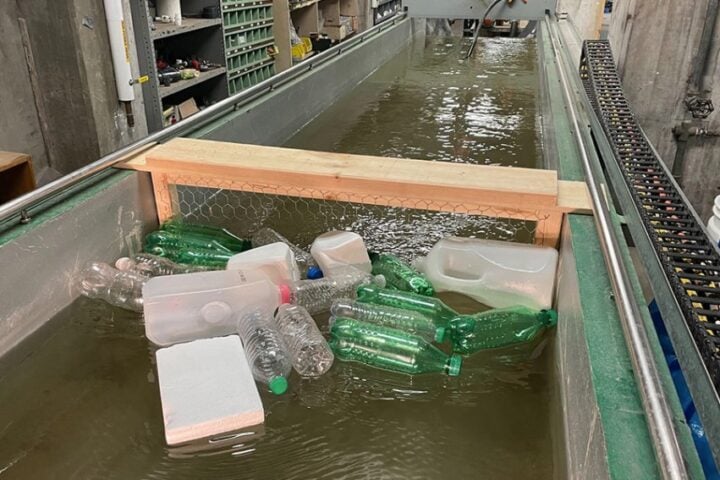The U.S. Food and Drug Administration has made it simpler to use your own containers at restaurants and grocery stores. This change, the first major update since 2013, means you can now bring clean containers from home to fill up at food counters, bulk food sections, and restaurants.
The new rules help both businesses and customers cut down on throwaway packaging. When you reuse a cup six times, it saves more energy than it took to make it. For bowls, this happens after 13 uses. These numbers show how quickly reusing containers starts helping the environment.
“Reuse challenges our throwaway society, protects forests and waterways, and supports a more sustainable economy,” says Kelley Dennings, senior campaigner at the Center for Biological Diversity.
The new guidance allows third-party washing companies to enter the reuse/refill market. This creates opportunities for new businesses to support the transition away from single-use containers. The federal food code provides clear directions on how to maintain proper safety standards for these reusable containers.
Similar Posts
The FDA advisory committee, which included food safety experts, businesses, academics, and consumers, found that business and consumer-owned reusables can be safely refilled. Dr. Dagny Tucker, who helped write the new rules, calls this change “a significant step forward for the reuse movement.”
States can adopt these updated federal food code guidelines. The committee’s updated language was approved by regulators in all 50 states before influencing the FDA’s guidance. Under these rules, you can get hot food, cold drinks, and even coffee with milk in your own clean container.
This new approach keeps food safety as the top priority while making it easier to reduce waste. Businesses must follow specific cleaning protocols, but now they have clear instructions on how to safely fill personal containers. This means whether you’re getting coffee, buying bulk groceries, or taking home leftovers, you can use your own containers more often.
